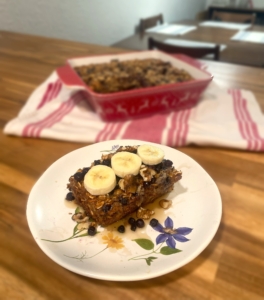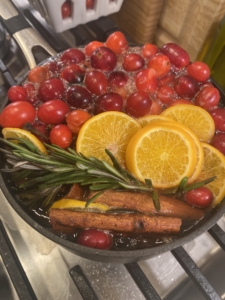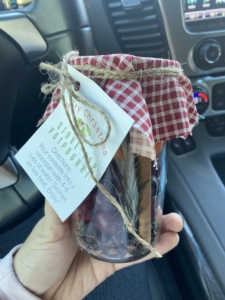Milk Does a Body Good … But Which Kind?
Dairy alternatives and plant-based milks have gained ground over the years as common substitutes for traditional cow-derived dairy products, such as milk, cheese, yogurt, and butter. While these products are not necessarily new, they continue to be adapted and reinvented in new ways that meet the needs and preferences of individuals who are lactose intolerant, have dairy allergies, follow a vegan lifestyle, desire a different flavor profile, or simply choose to avoid animal products.
Common dairy alternatives include:
-
- Plant-based milk: These are beverages made from plant sources such as soy, almond, oat, rice, coconut, or hemp. They are often fortified with nutrients like calcium and vitamin D to mimic the nutritional profile of cow’s milk.
- Vegan cheese: These are non-dairy alternatives to traditional cheese made from ingredients like soy, nuts (e.g., cashews), or tapioca starch. They can be used for melting, shredding, or slicing like dairy cheese.
- Non-dairy yogurt: Made from plant-based ingredients such as soy, coconut, almond, or cashews, non-dairy yogurts offer a creamy and tangy alternative to dairy-based yogurts.
- Dairy-free butter: Margarine or plant-based spreads made from oils like soybean, canola, coconut, or olive oil can be used as substitutes for butter in cooking, baking, or spreading on bread.
- Non-dairy ice cream: Ice cream alternatives are typically made from plant-based milks, such as almond, coconut, or soy, and come in various flavors and textures similar to traditional dairy ice cream.
When it comes to plant-based milk, nutrition content can differ from traditional cow’s milk in a few ways:
- Nutritional Composition: Cow’s milk is naturally rich in nutrients like calcium, protein, vitamin D, and vitamin B12. Plant-based milk products are typically fortified to mimic the nutritional content of cow’s milk. However, the specific nutrient profile can vary depending on the type of plant-based milk and fortification practices.
- Protein Content: Cow’s milk is a complete protein source, meaning it contains all the essential amino acids required by the body. Plant-based milk/milk products often has lower protein content, but some varieties like soy milk provide a similar protein profile to cow’s milk.
- Fat Content: Cow’s milk contains varying levels of fat, including saturated fat. Plant-based milk/milk products typically have lower levels of saturated fat with the fat content differing depending on the plant source and processing.
- Lactose: Cow’s milk contains lactose, a natural sugar that some people have difficulty digesting due to lactose intolerance. Plant-based milk/milk products are naturally lactose-free, making it a suitable alternative for those with lactose intolerance.
- Allergies and Sensitivities: Cow’s milk is one of the most common food allergens, while plant-based milk is free from dairy allergens. However, certain individuals may have allergies or sensitivities to specific plant-based milk ingredients like nuts or soy.
- Taste and Texture: Both cow and plant-based milk can have different flavors and textures depending on the fat and sugar content. For dairy alternatives, taste can vary depending on the plant source and added flavorings or sweeteners.
Unique products and considerations –
- A2 Milk: A2 milk is a type of cow’s milk that contains only the A2 beta-casein protein, as opposed to conventional cow’s milk, which contains both A1 and A2 beta-casein proteins. It is claimed that A2 milk is easier to digest and may be a suitable option for individuals who experience discomfort or digestive issues when consuming regular milk. A2 milk is produced by cows that naturally produce milk containing only the A2 protein.
- Fairlife Milk: This is a brand of milk that offers a unique approach to dairy production. It is a high-protein, lactose-free milk that undergoes a filtration process to remove some of the milk sugars while retaining a higher concentration of protein and calcium compared to traditional milk. Fairlife milk is made from the milk of cows that are not treated with artificial growth hormones, and it is also rich in vitamins A and D. This milk is marketed as a healthier and more nutritious alternative to regular milk.
At the end of the day, it’s important to note that individual preferences, dietary restrictions, and health considerations can influence the choice between milk alternatives, plant-based milk, and cow’s milk. If you have special needs or considerations, it’s advisable to consult with a healthcare professional or dietitian to determine the most suitable option for you.

 2 beaten eggs
2 beaten eggs



